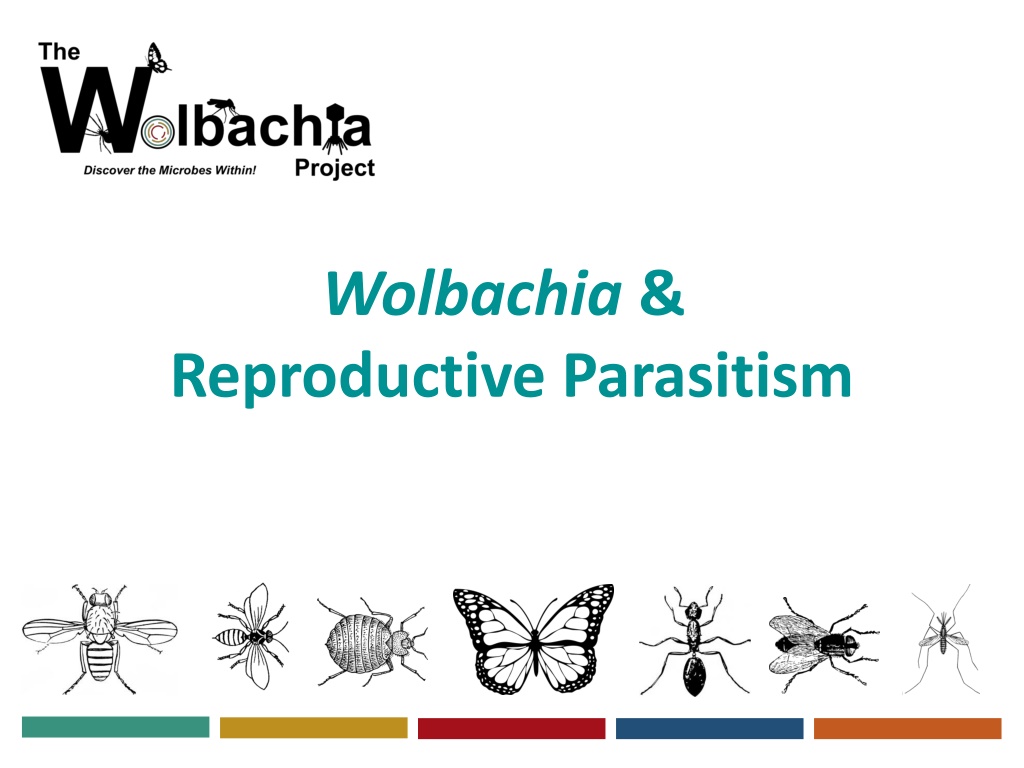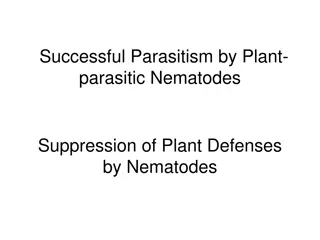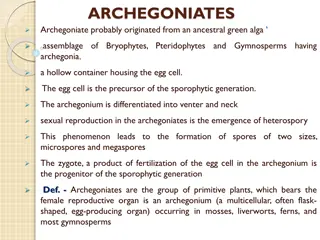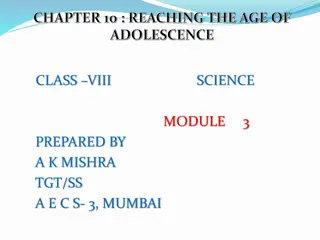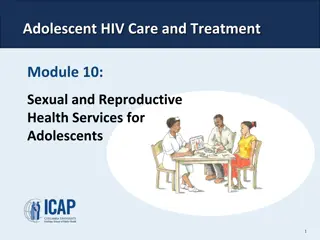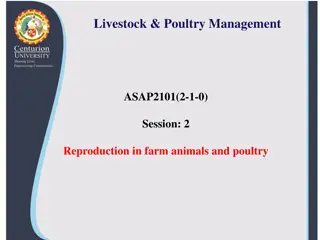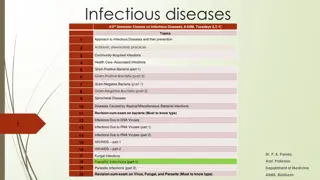Understanding Wolbachia: Reproductive Parasitism and Control Strategies
Wolbachia is a fascinating bacterium known for inducing reproductive parasitism in arthropods, affecting their offspring's sex ratios and survival. This article explores the impact of Wolbachia on different species, genetic crosses, cytoplasmic incompatibility, and vector control strategies such as the World Mosquito Program and Genetic Engineering. Discover the complex interactions between Wolbachia and its host organisms, and the innovative approaches to utilizing Wolbachia for population control and disease prevention.
Download Presentation

Please find below an Image/Link to download the presentation.
The content on the website is provided AS IS for your information and personal use only. It may not be sold, licensed, or shared on other websites without obtaining consent from the author. Download presentation by click this link. If you encounter any issues during the download, it is possible that the publisher has removed the file from their server.
E N D
Presentation Transcript
Wolbachia & Reproductive Parasitism
Wolbachia is a Reproductive Parasite Assume that the average clutch size is 10 (5F : 5M). Record the expected number of male and female offspring for each arthropod and label the phenotype. Observation: Answer with: Yellow fever mosquitoes are usually uninfected; therefore, offspring will develop normally. Cheerios (or black pen) Froot Loops (or colored pen) In ladybugs, or lady beetles, Wolbachia can induce male-killing. Froot Loops (or colored pen) In roly polies, or pill bugs, Wolbachia can induce feminization. Froot Loops (or colored pen) In clover mites, a type of spider mite, Wolbachia can induce parthenogenesis.
Key to Genetic Crosses Wolbachia is maternally-transmitted Wolbachia- infected Uninfected Female Male SEX INFECTION STATUS
Wolbachia Induces Cytoplasmic Incompatibility Assuming that the average clutch size is 5, record the expected number of Wolbachia-infected (Froot Loops/colored pen) vs. uninfected (Cheerios/black pen) for each cross. Cross: Offspring: Survival Uninfected male x Uninfected female Survival Uninfected male x Infected female Infected male x Uninfected female Death Infected male x Infected female Survival
Wolbachia & Vector Control Population Replacement Strategy World Mosquito Program: http://www.eliminatedengue.com/our- research/wolbachia Sterile Insect Technique Debug: https://debug.com/ MosquitoMate: https://mosquitomate.com/how-it-works/ Genetic Engineering Vanderbilt Research: https://news.vanderbilt.edu/2017/02/27/new- tool-for-combating-mosquito-borne-disease-insect-parasite-genes/
